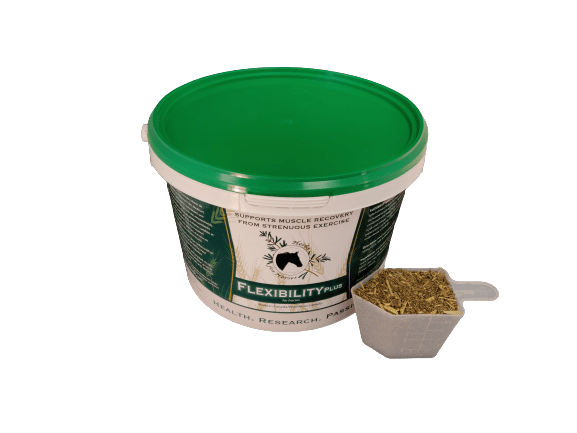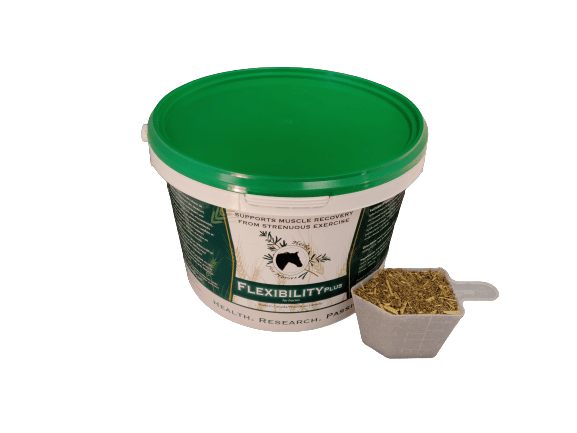Mobility (Study 2 – in vitro)
Purpose
To compare the direct effects of Mobility TM on cartilage inflammation with those of a standard non-steroidal anti-inflammatory drug.
Background
Non-steroidal anti-inflammatory drugs are frequently administered to horses with articular pain and inflammation. There is evidence that these drugs, whilst being effective pain killers, can interfere with the ability of cartilage to launch a repair
response in the face of an inflammatory challenge. This may have important implications to the development of degenerative joint disease in horses.
Methods
Cartilage explants (4mm pieces) were removed aseptically from the intercarpal joint of 6 pigs after humane slaughter in a federally inspected meat processing facility. Explants were placed into a 24-well tissue culture plate for 24 h before one of three treatments was added to the culture media: 1) simulated digest of Mobility (two doses – MB1 and MB3, corresponding to 165 and 495g for 500kg horse), respectively); 2) simulated digest of indomethacin (INDO, corresponding to a dose of 3mg/kg BW); or 3) blank simulated digest (BL). Explants were cultured with their treatments for a total duration of 96 hours, the final 48 h of which they were stimulated with a pro-inflammatory molecule (IL-1). Media was removed and refreshed every 24 hours, and was analyzed for compounds involved in pain signaling [PGE 2 (ELISA) and NO (Griess Reaction)], and cartilage structure [GAG (dimethyl methylene blue assay).
Results
Addition of IL-1 to BL explants increased media PGE 2 , GAG and NO. INDO prevented IL-1-induced increase in PGE 2 and NO, but did not protect against IL-1-induced loss of GAG. MB1 did not prevent increase in PGE 2 , but protected cartilage from IL-1 induced NO production and GAG loss. MB3 significantly increased IL-1-induced PGE 2 , and had no effect on NO or GAG.


